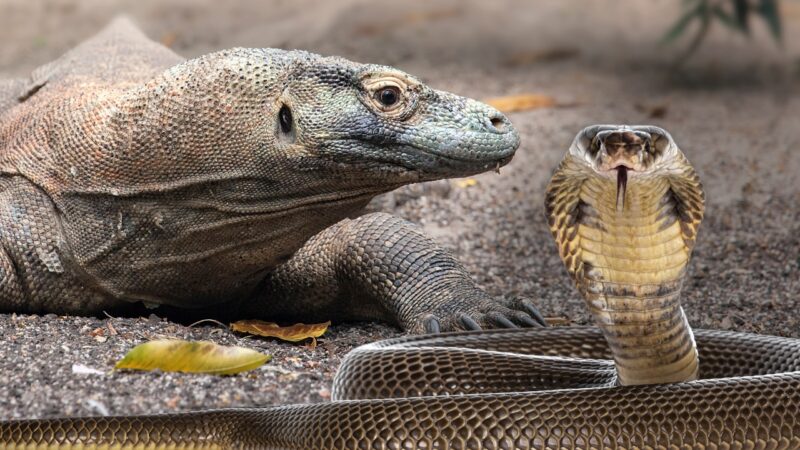For those with a passion for the wonders of nature, the term “apex predator” might evoke images of majestic and powerful creatures. These remarkable beings, often hailed as the “kings and queens” of their domains, are the embodiment of nature’s raw power.
Their impressive stature and unmatched strength set them apart, making them the uncontested rulers with no natural foes to challenge them. Their reign over their territories is not just about power; it’s about balance.
These magnificent creatures are nature’s way of ensuring harmony within the ecosystem. By keeping a check on the populations of other species, they play a pivotal role in preserving the delicate balance of life.
As we embark on this journey, from the deep blue seas to the thick canopies of the rainforests and the vast stretches of the grasslands, let’s delve into the world of the 15 most captivating apex predators. Their stories are a testament to the marvels of the natural world.
15. Giant squid
The giant squid is the largest invertebrate in the world. It is found in the deep ocean.
Giant squid are apex predators and prey on a variety of animals, including fish, sharks, and other squid. Giant squid are rarely seen by humans, but their remains have been found washed up on beaches or caught in fishing nets.
They can grow up to 60 feet long and weigh up to 4 tons. Their eyes are the largest in the animal kingdom, and their tentacles can be longer than a bus.
Giant squid are thought to be solitary animals, and they are not well understood by scientists. However, they are known to be apex predators, and they play an important role in the deep ocean ecosystem.
14. Sperm whale
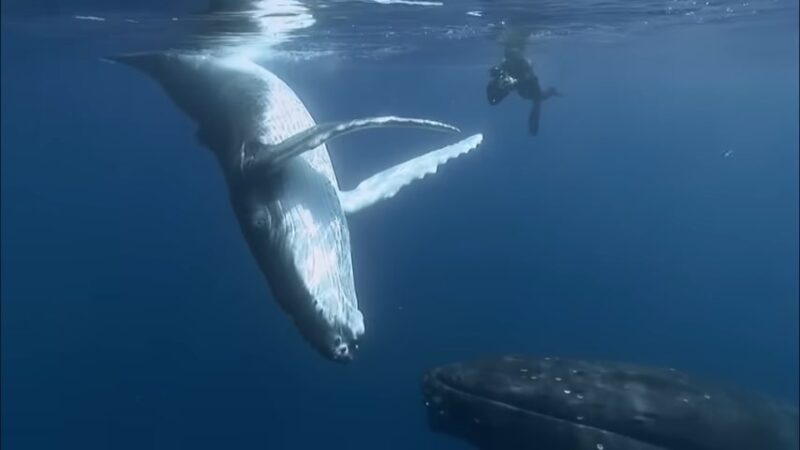
The sperm whale is the largest toothed whale in the world. It is found in all oceans except the Arctic and Antarctic. Sperm whales are apex predators and prey on a variety of animals, including giant squid and fish.
Sperm whales are known for their large heads, which contain a waxy substance called spermaceti. This substance is used to help the whale echolocate, or create sound waves to navigate and find prey.
Sperm whales are also known for their long, pointed teeth. These teeth can grow up to 12 inches long, and they are used to catch and kill prey.
Sperm whales are intelligent animals, and they have been known to engage in cooperative hunting behavior. They are also known for their long lifespans, with some individuals living for over 80 years.
13. Komodo dragon
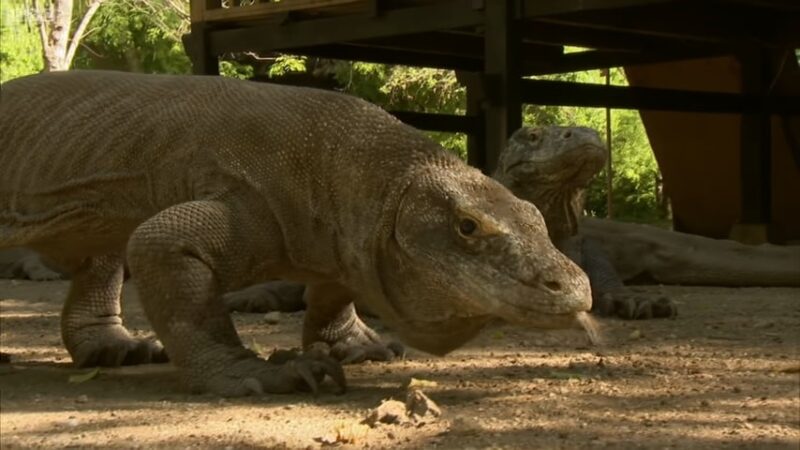
The Komodo dragon is the largest lizard in the world. It is found in Indonesia. Komodo dragons are apex predators and prey on a variety of animals, including deer, wild boar, and buffalo.
Komodo dragons are venomous, and their bite can be fatal to humans. They are also known for their powerful jaws and sharp claws.
Komodo dragons are solitary animals, and they are not well-socialized. They are also known to be cannibalistic, and they have been known to eat their own young.
12. Cuttlefish
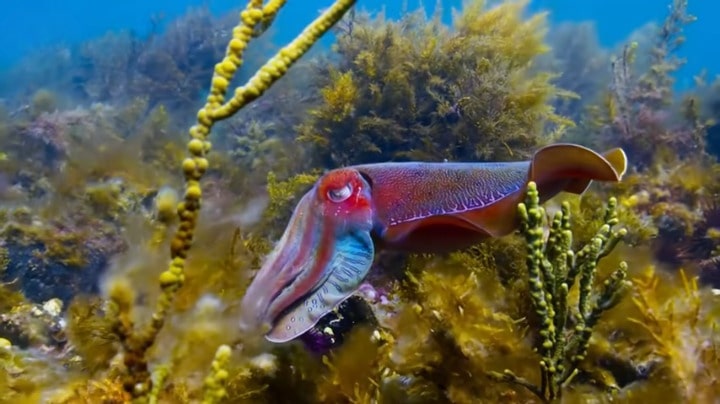
There are over 100 species of cuttlefish, all of which are apex predators. Cuttlefish are found in all oceans except the Arctic and Antarctic. Cuttlefish prey on a variety of animals, including fish, shrimp, and crabs.
Cuttlefish are known for their ability to change their color and shape. They can also use their tentacles to create a cloud of ink to confuse predators.
Cuttlefish are intelligent animals, and they have been known to use tools. They are also known for their long lifespans, with some individuals living for over 10 years.
11. Octopus
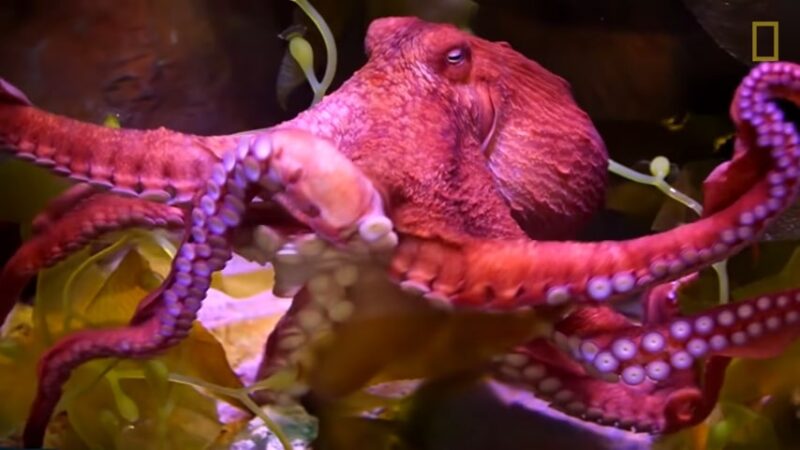
There are over 300 species of octopus, all of which are apex predators. Octopuses are found in all oceans except the Arctic and Antarctic. Octopuses prey on a variety of animals, including fish, crabs, and shrimp.
Octopuses are known for their intelligence and their ability to solve problems. They are also known for their ability to change their color and texture to camouflage themselves.
Octopuses are solitary animals, and they are not well-socialized. They are also known to be cannibalistic, and they have been known to eat their own young.
10. Spider
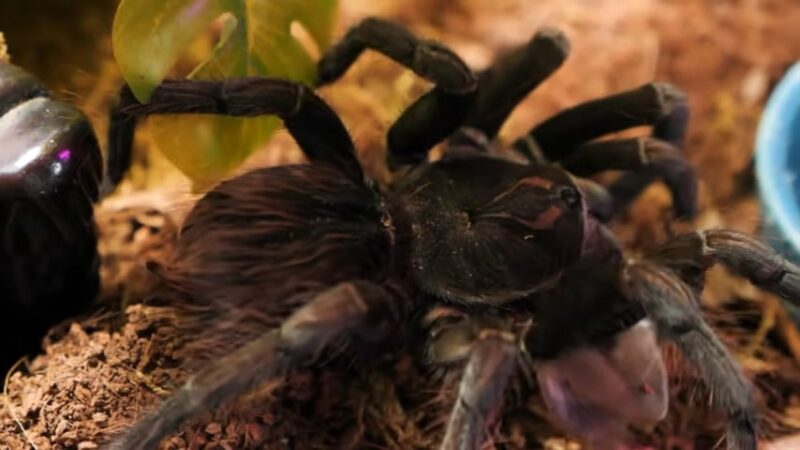
There are over 45,000 species of spiders, of which about 40 are venomous to humans. Spiders are found in all parts of the world except Antarctica. Spiders prey on a variety of animals, including insects, spiders, and even small mammals.
Spiders are known for their webs, which they use to catch prey. They are also known for their venom, which they use to paralyze or kill their prey.
Spiders are solitary animals, and they are not well-socialized. However, they are known to form social groups in some cases.
9. Snake
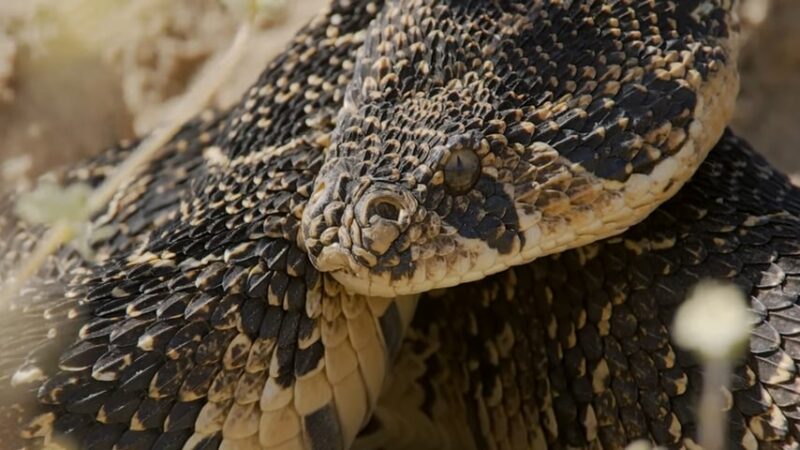
There are over 3,500 species of snakes, of which about 600 are venomous. Snakes are found in all parts of the world except Antarctica. Snakes prey on a variety of animals, including insects, frogs, lizards, birds, and mammals.
Snakes are known for their long, slender bodies and their ability to coil around their prey. They are also known for their venom, which they use to paralyze or kill their prey.
Snakes are solitary animals, and they are not well-socialized. However, some snakes
8. Eagle
There are over 60 species of eagles, all of which are apex predators. Eagles are found in all parts of the world except Antarctica. Eagles prey on a variety of animals, including fish, birds, and mammals.
Eagles are known for their powerful talons and beaks. They are also known for their keen eyesight, which they use to spot prey from a long distance.
Eagles are solitary animals, and they are not well-socialized. However, some eagles, such as the bald eagle, will form breeding pairs.
7. Orca
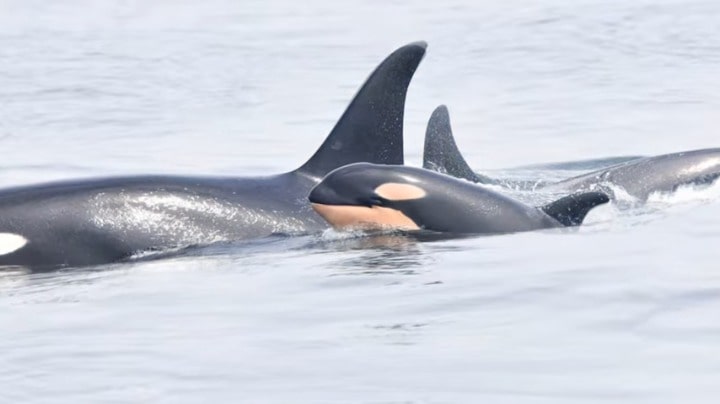
Orcas, also known as killer whales, are the largest species of dolphin. They are found in all oceans except the Arctic and Antarctic.
Orcas are apex predators and prey on a variety of animals, including fish, seals, sea lions, and even whales. Orcas are known for their intelligence and their ability to cooperate in hunting. They are also known for their playfulness and their social behavior.
Orcas are apex predators, and they play an important role in the marine ecosystem. They help to keep populations of prey animals in check, which helps to prevent overgrazing and other problems.
6. Wolf
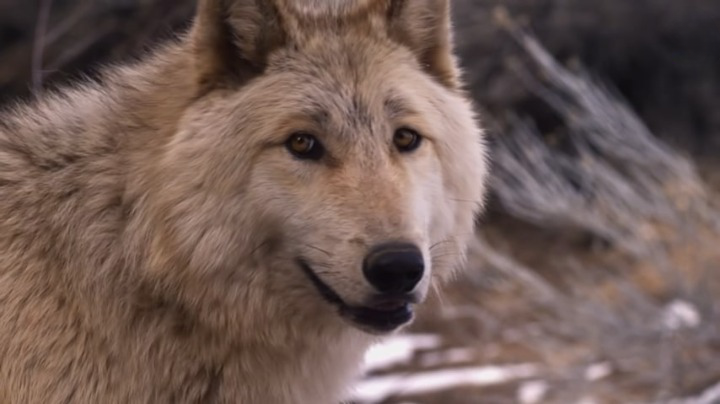
The wolf is a large canine that is found in North America, Europe, and Asia. Wolves are apex predators and prey on a variety of animals, including deer, elk, and moose.
Wolves are known for their pack-hunting behavior. They are also known for their intelligence and their ability to adapt to different environments.
Wolves are social animals, and they live in packs of up to 20 individuals. They are also known for their loyalty to their pack members.
5. Bear

There are eight species of bears, all of which are apex predators. Bears are found in North America, South America, Europe, Asia, and Africa. Bears prey on a variety of animals, including fish, insects, small mammals, and large ungulates.
Bears are known for their strength and their ability to climb trees. They are also known for their hibernation behavior.
Bears are solitary animals, and they are not well-socialized. However, some bears, such as the polar bear, will form social groups in some cases.
4. Lion
The lion is the second-largest cat species in the world. It is found in Africa and Asia. Lions are apex predators and prey on a variety of animals, including zebras, wildebeest, and antelope.
Lions are known for their social behavior. They live in pride of up to 40 individuals. They are also known for their hunting behavior, which is often coordinated by the females in the pride.
Lions are apex predators, and they play an important role in the African ecosystem. They help to keep populations of prey animals in check, which helps to prevent overgrazing and other problems.
3. Tiger
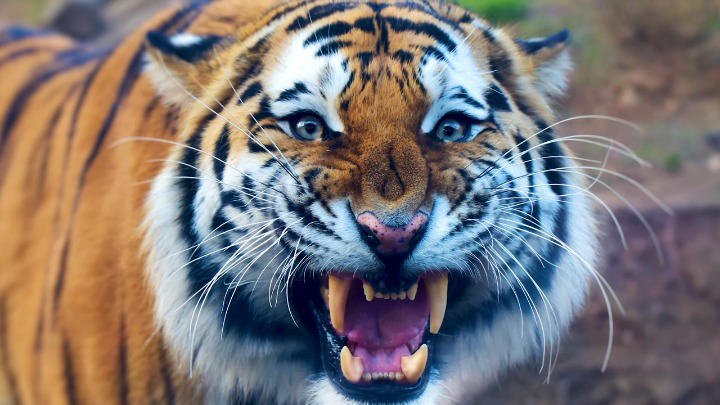
The tiger is the largest cat species in the world. It is found in Asia. Tigers are apex predators and prey on a variety of animals, including deer, wild boar, and buffalo.
Tigers are solitary animals, and they are not well-socialized. However, they are known to be territorial and protective of their prey.
Tigers are apex predators, and they play an important role in the Asian ecosystem. They help to keep populations of prey animals in check, which helps to prevent overgrazing and other problems.
2. Saltwater crocodile
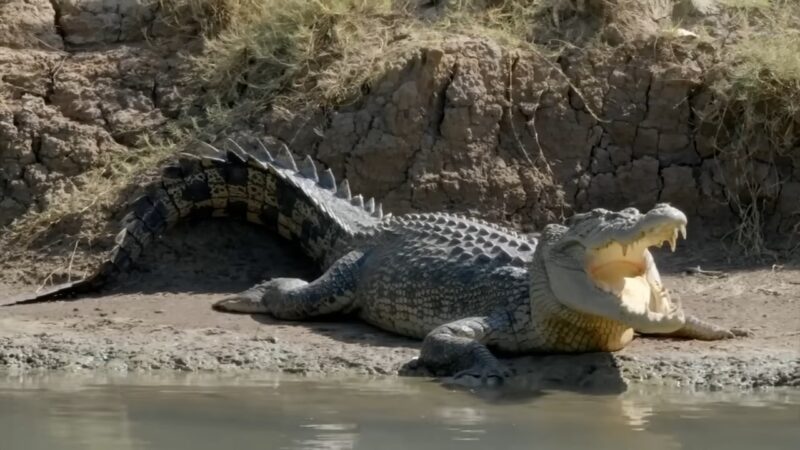
The saltwater crocodile is the largest living crocodile species. It is found in coastal and freshwater habitats in Southeast Asia, Australia, and Africa. Saltwater crocodiles are apex predators and prey on a variety of animals, including fish, turtles, birds, and mammals.
Saltwater crocodiles are known for their aggressive behavior and their ability to take down large prey. They are also known for their lifespan, which can reach up to 70 years.
Saltwater crocodiles are apex predators, and they play an important role in the coastal ecosystem. They help to keep populations of prey animals in check, which helps to prevent overgrazing and other problems.
1. Great white shark
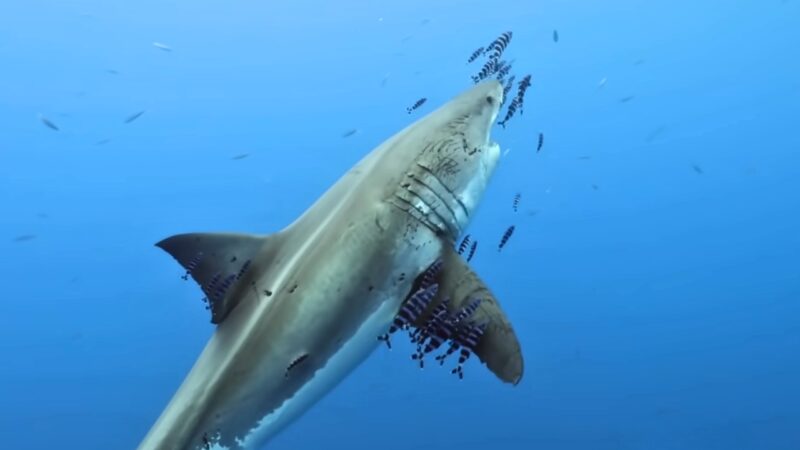
The great white shark is the largest predatory fish in the world. It is found in all oceans except the Arctic and Antarctic. Great white sharks are apex predators and prey on a variety of animals, including seals, sea lions, dolphins, and whales.
Great white sharks are known for their size and their powerful jaws. They are also known for their aggressive behavior.
Great white sharks are apex predators, and they play an important role in the marine ecosystem. They help to keep populations of prey animals in check, which helps to prevent overgrazing and other problems.
FAQ
What are some of the ways that apex predators help to keep populations of prey animals in check?
Apex predators help to keep populations of prey animals in check by killing them. This helps to prevent overgrazing, which can damage vegetation and lead to soil erosion.
Apex predators also help to keep prey populations healthy by removing sick or injured animals.
How do apex predators affect the evolution of prey animals?
Apex predators can affect the evolution of prey animals in a number of ways. For example, prey animals that are better at avoiding predators may be more likely to survive and reproduce.
This can lead to changes in the physical appearance and behavior of prey animals over time.
What are some of the challenges that apex predators face in the modern world?
Apex predators face many challenges in the modern world, including habitat loss, hunting, and pollution. Habitat loss is a major problem for apex predators because it reduces the amount of space that they have to live and hunt.
Hunting is another major problem for apex predators, as many are hunted for their fur, meat, or other products. Pollution can also affect apex predators, as it can contaminate their food and water supplies.
Final Words
Apex predators are the big bosses in the world of animals. They are at the very top, like kings and queens of nature.
Think of creatures like the giant squid in the deep ocean or the great white shark swimming in the seas. These animals have a very important job: they help keep everything in balance.
By hunting, they make sure that no other animal group grows too big. This helps all different kinds of life to thrive and keeps our natural spaces rich and varied.
When we look at these top 15 predators, it’s clear that everything in nature is linked together. That’s why it’s so important for us to take care of these powerful animals and the places they live, ensuring a bright future for all creatures.


